
Irrigating the orchard with grey water
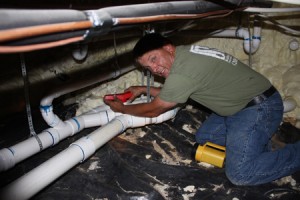
Cliff turns the grey water valve under the house

Lid covering the 500 gal. grey water starage tank
The availability and scarcity of fresh drinkable water is rapidly becoming our planet’s greatest crisis. Over one billion people in the present day do not have access to drinkable water and it is estimated that if the present trend continues a third of the world population will be in the same condition by 2025. According to the WHO (World Health Organization) 1.8 million children die every year as a result of diseases caused by unclean water. It is being said that future wars and world conflict will be fought over water rights more than the remaining oil reserves.
Fresh water is a precious gift necessary for sustaining life. It is a resource we have taken for granted simply because there has always seemed to be adequate reserves in aquifers and from the annual mountain run off. No matter how much we abuse it by polluting it and misusing it, nature always seemed to regenerate it through weather cycles. Americans have for the most part always had access to it simply by the turn of a faucet tap, but what we have taken for granted is now catching up with us.
After visiting so many third world countries over the past years Nancy and I have witnessed firsthand the extreme poverty and suffering that poor quality and inadequate water supplies can cause. This awareness motivated us to incorporate a grey water system into the construction of our new home here at Timber Butte.
Making the decision to go to the extra effort and expense to install a grey water system wasn’t based so much on necessity as it was on principle. We had been blessed to have drilled a twenty-five gallon a minute well that supplies us with plenty of pure fresh water, but because our vision for the Timber Butte homestead project was partially one of discovery and education we decided to make it a part of our LEED home construction.
When the rough plumbing was being completed in the early phases of construction we asked our contractor Cliff Robbens to install two separate sewage systems; one for regular black water sewage (primarily toilet water) and one for grey water. Grey water is the water that comes out of the sinks, showers and the washing machine, and comprises
50-80% of residential wastewater. Our system was designed so that the grey water could run into the regular conventional septic system if desired, or could be diverted into a separate 500 gallon holding tank by simply turning two values under the house. By doing this we are able to store water that would have become sewage and use it to irrigate our orchard.
Using grey water for irrigation requires some personal responsibility. We are conscious to use biodegradable soaps and detergents so that it is not toxic to the dozen or so fruit trees that are planted on a knoll below the house. Location is important in order to use gravity flow for irrigation rather than a pump which requires the use of electrical energy. I also have incorporated an inline filter in the system so that small particles that may find their way into our household drains won’t clog up the small openings in the orchard’s drip system.

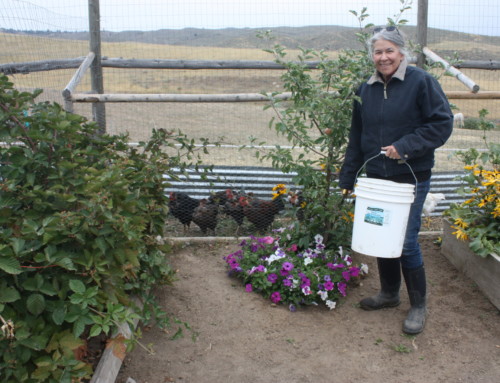
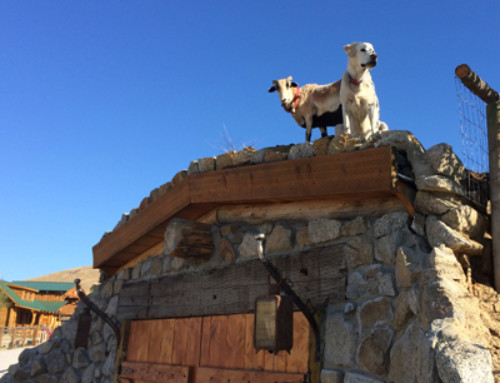
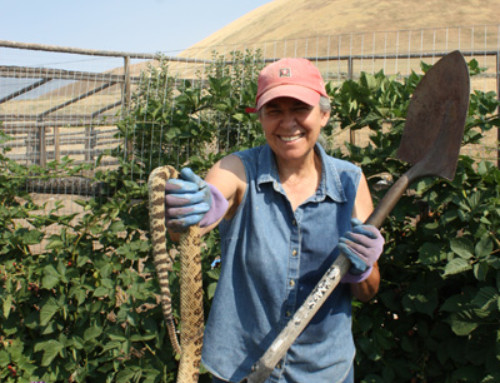
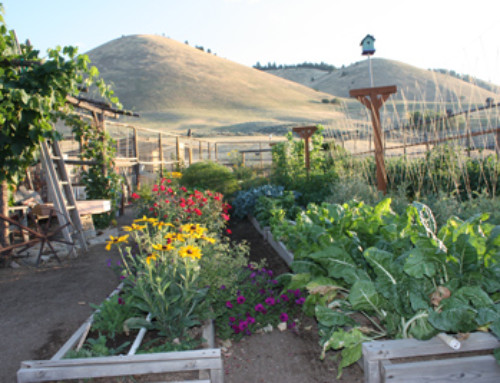
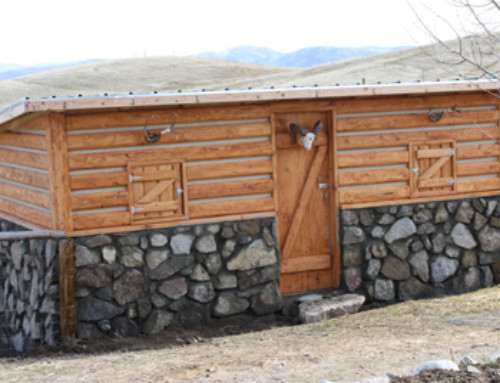

Leave A Comment
You must be logged in to post a comment.